Carnegiea gigantea (Saguaro) Seeds rare Cactus Seeds Pack of 20 seeds
₹199.00
In stock
SKU: Carnegieagigantea
Category: cactus and succulent seeds
Carnegiea Gigantea: Saguaro Cactus
Carnegiea gigantea or saguaro cactus is one of the most valued cacti in the world. It is found almost exclusively in the Sonoran Desert and is a symbol of the American Southwest. cactus grows slowly, but it lives over 150 years. It is a fascinating plant to cultivate and research.
| Number of Seeds | 15-20 Seeds |
|---|---|
| Sowing month | Feb to Oct |
| Blooming Month | April To Dec |
| Temperature | Above 30C |
| Sun | Full sun except may june |
The saguaro cactus is columnar and tall in stature, with huge, spreading arms. It reaches 40 feet (12 meters) in height and weighs numerous tons when mature. Its green, fleshy skin is covered with hard spines that provide it with protection from animals. Melocactus Azureus can be a good companion
Carnegiea gigantea One of the sweetest things about it is the white flowers that bloom late springtime. They are open at dusk and noon, closed up tight. The plant then bears red, juicy fruit that’s an important food source for desert animals.
Where Does It Grow?
It typically occurs in the California and Mexican Arizona Sonoran Desert. It prefers a hot, dry climate and minimal or no rainfall. As it is sensitive to cold temperatures, it cannot tolerate prolonged periods of freeze.
Carnegiea gigantea How Does It Survive?
There are strange desert survival methods for the Saguaro cactus:
- Stores Water – It has a strong stem with massive water storage spaces inside it, which enables it to survive for long droughts.
- Expands and Contracts – The cactus expands when it absorbs water and contracts when it draws stored water.
- Shallow but Broad Roots – The roots go up to the surface of the soil so that it will be able to absorb rainwater easily.
Growth of a Saguaro Cactus
Although Carnegiea gigantea is slow-growing, it can be grown in the home in favorable conditions. Here’s how
- Plant from Seeds – Use a mix of perlite peat moss and a grainy mix
- Provide Light and Heat – It needs full sun and heat to grow.
- Water Sparingly – Water seldom only when the soil is dry as a bone so it will not rot.
- Wait Long – It could take 10 years for a saguaro to grow just one inch!
Why Is It Special?
Carnegiea gigantea cactus not only looks beautiful, but it also plays a vital role in the desert ecosystem. Fruits and flowers of the cactus act as a source of food for insects, bats, and birds. Woodpeckers are some animals that enjoy living in thick trunks.
Final Thoughts
Lastly, Carnegiea gigantea is a beautiful cactus that highlights the desert’s grandeur and resilience. Whether seen surviving naturally or growing in one’s house, it remains a tribute to resilience and overcoming adversity
| Color | Green |
|---|---|
| Germination Level | Medium |
| Growth Pattern | Columnar |
| Hybrid or Open Pollinated | Open Pollinated |
| Ideal location | partial sun with white net |
| Origin Country | Thailand |
Be the first to review “Carnegiea gigantea (Saguaro) Seeds rare Cactus Seeds Pack of 20 seeds” Cancel reply
You must be logged in to post a review.
Related products
cactus and succulent seeds
Gymnocalycium mihanovichii seeds Variegated Seeds pack of 15-20 seeds
₹99.00
cactus and succulent seeds
₹199.00
cactus and succulent seeds
Astrophytum Asteria Superkabuto Seeds rare Cactus Seeds Pack of 10 seeds
₹199.00
cactus and succulent seeds
Thelocactus Hexaedrophorus Seeds rare Cactus Seeds Pack of 20 seeds
₹199.00
cactus and succulent seeds
Rated 5 out of 5
₹199.00
cactus and succulent seeds
Rated 5 out of 5
₹200.00



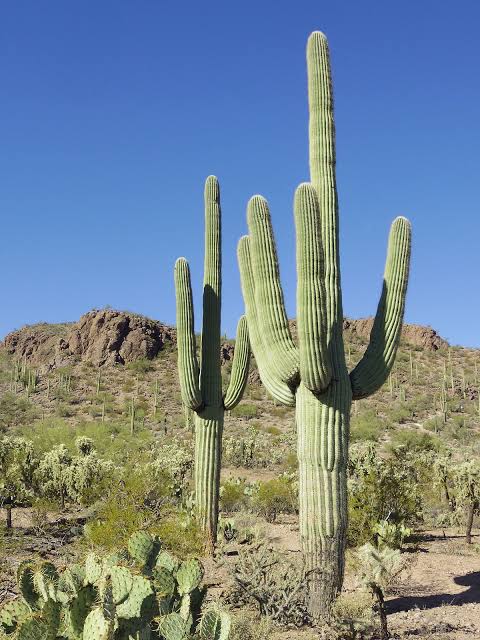
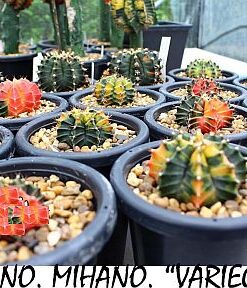
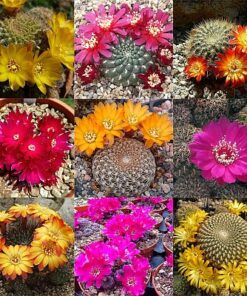
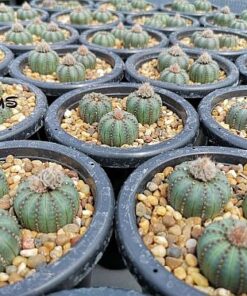
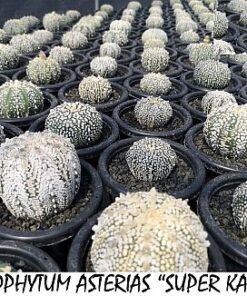
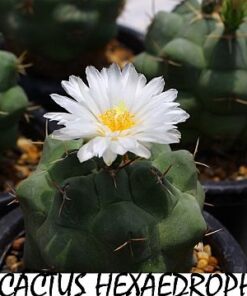
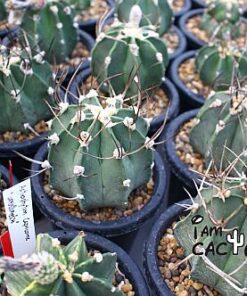
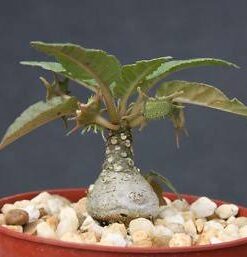
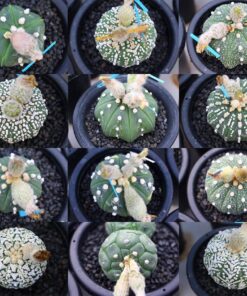
Reviews
There are no reviews yet.